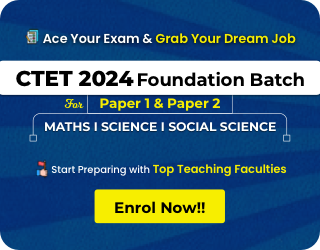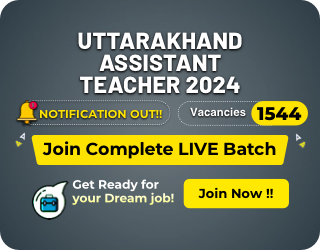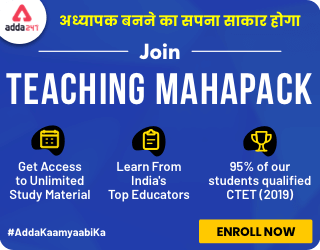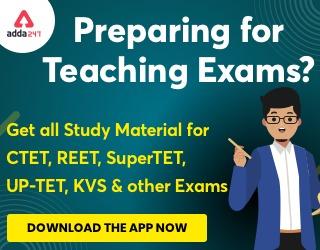Education develops child personality physically, mentally, emotionally and over all. The government started Right Of Children To Free & Compulsory Education to make child educated fully. 86th Amendment) Act, 2002 inserted Article 21-A in the Constitution of India to provide free and compulsory education of all children in the age group of six to fourteen years as a Fundamental Right. Here we are going to learn in detail about Right Of Children To Free & Compulsory Education benefits.
Right Of Children To Free & Compulsory Education
86th Constitutional Amendment, 2002
- Art 21-A inserted in Fundamental Rights
- The State shall provide free and compulsory education to all children of the age of 6 to 14 years in such manner as the State may, by law, determine.
- Right of Children to Free and Compulsory Education Act 2009 notified on 27th Aug. 2009
- The act will be in force from 1st of April 2010
The Act: Child rights
- Defines ‘free’ as removal of any financial barrier by the state that prevents a child from completing eight years of schooling
- Compulsory means- compulsory admission, attendance, and completion of EE.
- And defines ‘compulsion’ as a compulsion on the state/ local bodies, rather than targeting parents, the fundamental duty of parents to send children to schools
- Not enrolled/dropout children be admitted to age-appropriate class
- Special training to enable such children to be at par with others
- A child so admitted entitled to completion of EE even after age 14
- Softens barriers like birth certificate, transfer certificate, etc
- No child shall be psychologically abused by calling him/her ‘failed’ in any class up to class 8, or expelling him/her from school
- Bars corporal punishment, mental harassment
- Provide education facility in the neighborhood within 3 years
Teachers
- Qualification for appointment of teachers to be laid down by academic authority authorized by Central Government
- Lays down academic responsibilities of teachers
- Prohibits private tuition by teachers
- Prohibits deployment of teachers for non-education purpose, except decennial census, disaster relief, and election
PTR
- Requirement of additional teachers to maintain PTR – within 6 months
| At primary level | |
| Admitted children Up to 60 | Two |
| Between 61 to 90 | Three |
| Between 91 to 120 | Four |
| Between 121 to 200 | Five |
| Above 150 | 5 teachers + one Headteacher |
| Above 200 | Pupil-Teacher Ratio 1:40 (excluding Headteacher) |
At the upper Upper primary level
At least one teacher per class so that class there shall be at least one teacher each for
- Science and Mathematics;
- Social Studies;
- Languages
At least one teacher for every thirty-five children.
Where the admission of children is above one hundred
- a full-time head-teacher;
- part-time instructors for –
(a) Art Education;
(b) Health and Physical Education;
(c) Work Education.
Minimum number of working days
| Working Days in an academic year | |
|---|---|
| (i) Class 1 to 5 | 200 days |
| (ii) Class 6 to 8 | 220 days |
| Instructional hours in an academic year | |
| (i) Class 1 to 5 | 800 hours |
| (ii) Class 6 to 8 | 1000 hours |
Curriculum
- Curriculum by the prescribed academic authority should:
- Conform to constitutional values
- Make child free from fear, trauma, and anxiety
- Be child-centered, child friendly; provide for learning through activities, discovery, and exploration
- Medium of instruction – child mother tongue to the extent possible
- Provide for comprehensive and continuous evaluation
- No Board examinations till completion of EE
Appropriate Government, Local Authority
- Ensure free and compulsory education
- Provide schools in neighborhood within 3 years
- Children belonging to weaker sections and disadvantaged groups not be discriminated against
- Infrastructure, school building, teaching staff, learning equipment
- maintain records of children up to the age of fourteen years residing within its jurisdiction, in such manner as may be prescribed;
- Special training for previously not enrolled or drop-out children to enable them to be at par with others
- Monitoring of admission, attendance, completion of EE
Responsibilities for State Govt. & local authorities
- Good quality EE conforming to specified norms and standards
- Timely prescription of curriculum, courses of study, teachers’ training
Additional Responsibilities for local authorities
- ensure admission of children of migrant families;
- monitor the functioning of schools within its jurisdiction; and
- decide the academic calendar.
Teacher’s Academic Responsibility
- maintain regularity and punctuality in attending school;
- conduct and complete the curriculum in accordance with the provisions of sub-section (2) of section 29;
- the complete entire curriculum within the specified time;
- assess the learning ability of each child and accordingly supplement
- additional instructions, if any, as required;
- hold regular meetings with parents and guardians and apprise them about
- the regularity in attendance, ability to learn, progress made in learning and any
- other relevant information about the child; and
- perform such other duties as may be prescribed.
Protection of Right
- Act assigns NCPCR/SCPCR additional functions
- Examine and review safeguards for rights under this Act, recommend measures for effective implementation
- Inquire into complaints relating to child’s right to free and compulsory education
- NCPCR/SCPCR have powers assigned under Section 14 and 24 of the Commissions for Protection of Child Rights Act
- Where SCPCR not constituted, appropriate Government may constitute an Authority
| UGC NET Important Links | |
| UGC NET 2023 Notification | UGC NET New Syllabus |
| UGC NET Previous Year Papers | UGC NET Study Notes for Paper 1 |

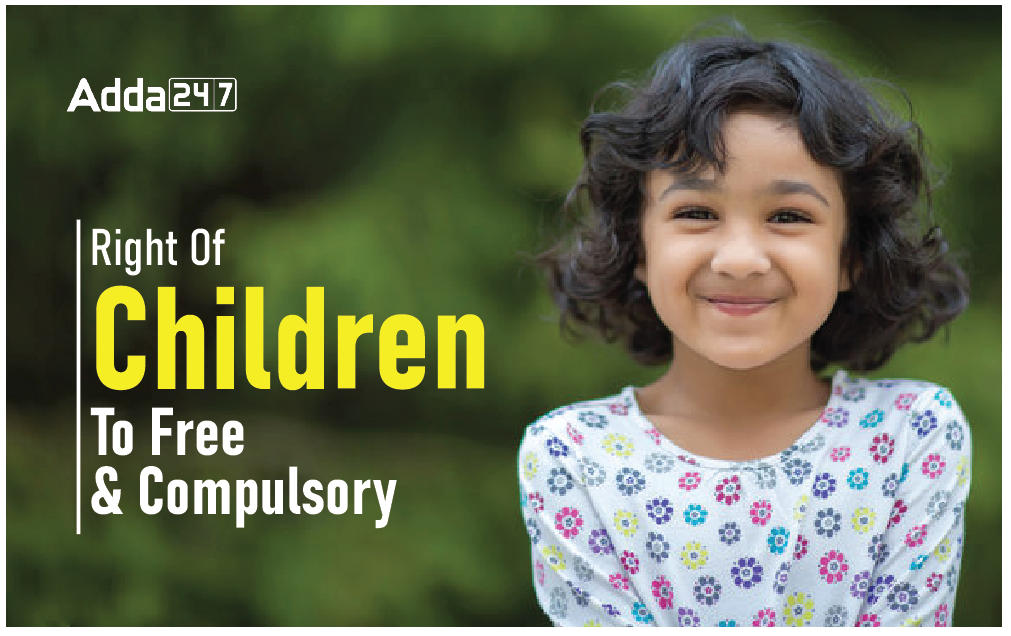

 TN TRB Assistant Professor Notification ...
TN TRB Assistant Professor Notification ...
 What is Research Associate? Check Job Pr...
What is Research Associate? Check Job Pr...
 Difference between Research Associate an...
Difference between Research Associate an...

